Running is one of the fastest growing amateur sports among men and women of all ages. In fact, a whopping 18.3 million Americans registered for races in 2017, according to Running USA.
Compared with other forms of cardiovascular exercise, running is by far one of the best at burning calories. What's more, besides a good pair of running shoes, it doesn’t cost a lot of money to get started—just a little determination.
In my three years of running and training to become a certified running coach, I've come up with a list of fundamental principles new runners should consider before embarking on their running career. Below are a few pointers that will help you get started on the right foot.
Get the "OK." Before beginning any exercise program, it is best to get clearance from your doctor before lacing up your shoes, especially if you're older than 40.
Practice Patience. It isn’t uncommon for new runners to want to hit the pavement with full gusto, believing the more they run the faster they will advance, but unfortunately that isn’t always the case.
It takes six months to a year to build a solid running foundation. When building a house, if you do not allow time for the foundation to cure before putting up the frame, walls and roof, your house has a greater risk of collapsing in the first storm.
The same is true with running. If you don’t allow for proper adaptation, your risk for injury rises dramatically. In addition, you might experience a lack of progress or burnout from doing too much too soon. It might test your patience, but you must allow time not only for your heart and lungs to adapt but also your muscles, connective tissues, joints, bones and glycogen (stored energy) reserves.
More is Not Better. So if one day of running is good, then running every day must be better, right? Well, not exactly. While you have to run to become a runner, it is actually during the rest/recovery phases that your body adapts to the sport. This is where the principle of hard/easy comes into play. You should run one day, then either rest or cross train the following day to allow your body to recover from the run. Using a running program can take much of the guesswork out of when and when not to run.
Be the Tortoise, Not the Hare. Once again, discipline is essential for a new runner. It is so easy to get caught up in the need to run fast; but as a newbie, running slowly will actually build endurance, which, in part, will allow for faster times in the weeks and months ahead. Only after you have a solid foundation should you look at adding in speed drills. With speed comes a higher risk of injury; this is when listening to your body is crucial.
No Pain, No Gain? Not Quite. Running should not cause pain. Let me repeat that for emphasis: Running should not cause pain. While soreness is to be expected when trying something new, you should never run through pain. Doing so could lead to bigger issues down the road. It is always better to take a few days off and allow the body to heal than to keep pressing on. As my running coach told me when I first started, "Your goal is to be a lifelong runner, not just a once-in-a-lifetime runner."
You Need Strength to be a Runner. Strength training is a huge asset to runners. Building upper body strength will help stabilize the shoulders, while doing lower body workouts will help stabilize the knees and hips. In addition, strength training helps build those all-important glycogen reserves needed for running.
Enjoy the Journey. So many people run just to reach a goal, whether it is the 5K they signed up for or another; but for me the challenge is simply being able to run, which is something I never imagined myself doing before I began my journey to a healthier me almost four years ago.
So You Want to Be a Runner?
Related Articles
-
 10 Exercises That Combat the Most Common Causes of Low Back Pain
10 Exercises That Combat the Most Common Causes of Low Back Pain
-
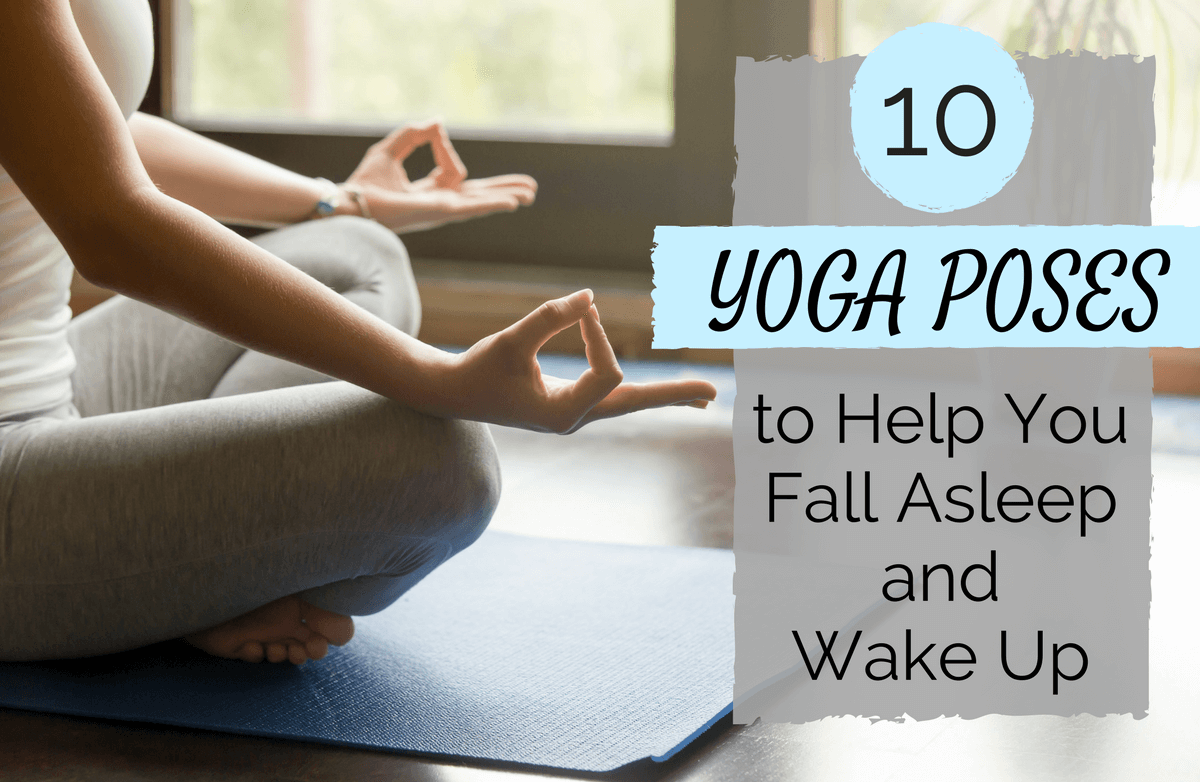 5 Yoga Poses to Do Before Bed and 5 to Wake You Up
5 Yoga Poses to Do Before Bed and 5 to Wake You Up
-
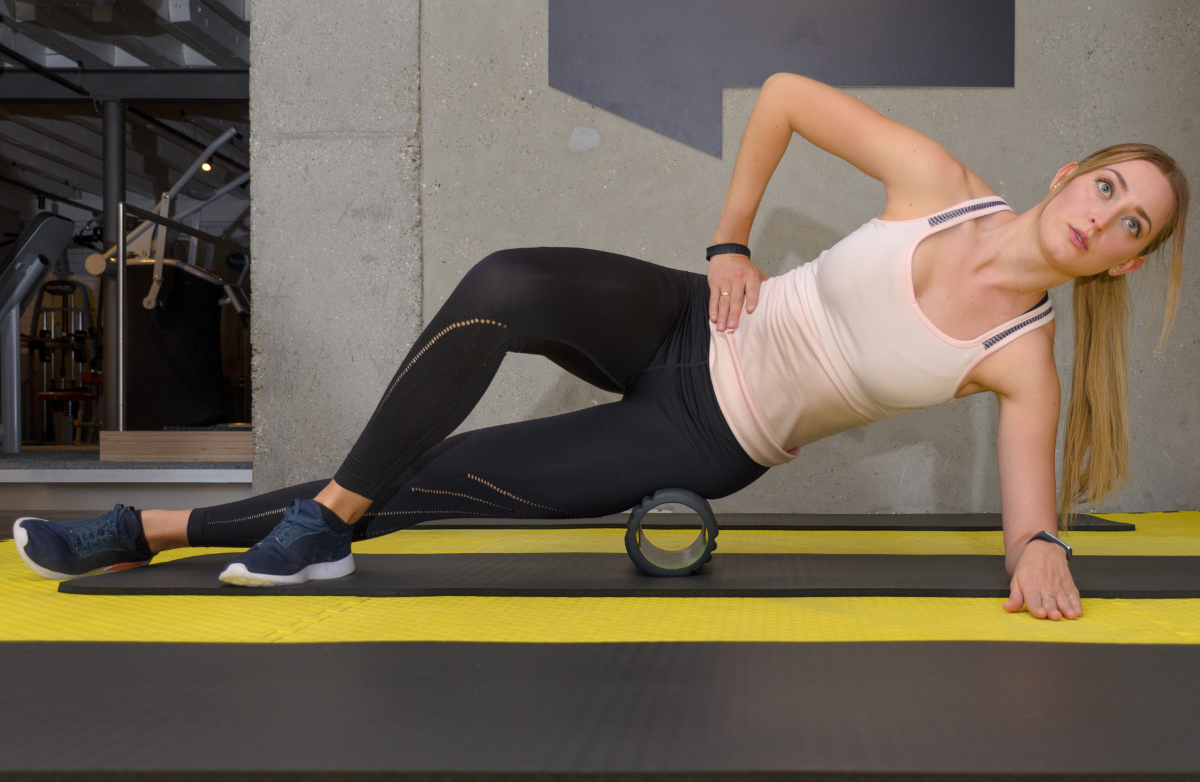 Are You Missing out on This Essential Exercise Element?
Are You Missing out on This Essential Exercise Element?
-
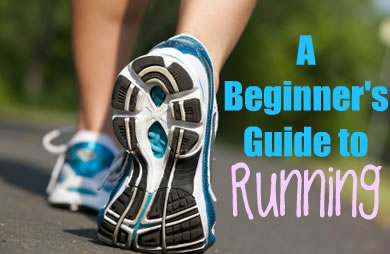 Don't Be a Runnin' Fool
Don't Be a Runnin' Fool
-
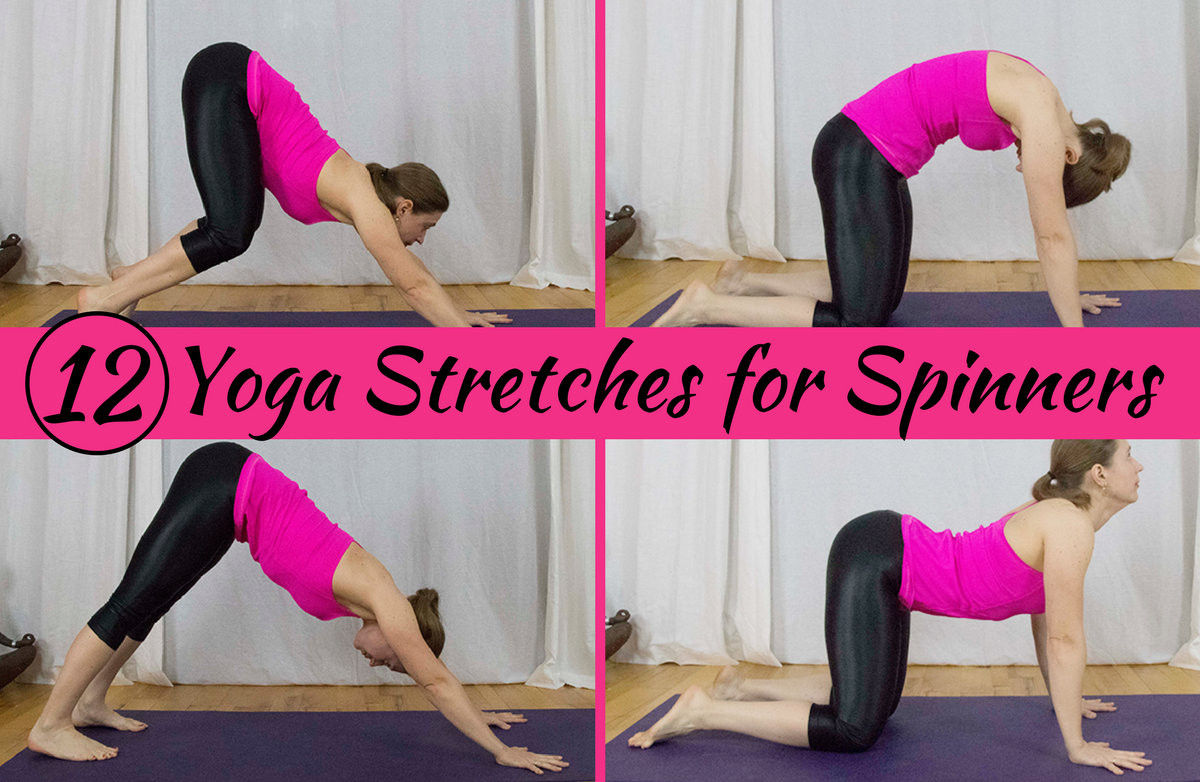 12 Yoga Stretches Every Spin Enthusiast Needs
12 Yoga Stretches Every Spin Enthusiast Needs
-
 Fix These 5 Common Errors for a Better Run
Fix These 5 Common Errors for a Better Run
-
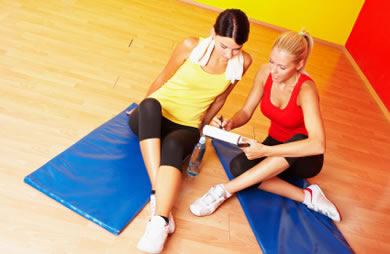 How to Choose a Personal Trainer
How to Choose a Personal Trainer
-
 Tips to Stop Weekend Binges
Tips to Stop Weekend Binges
-
 Road Rules: 10 Exercises Designed for Long Trips
Road Rules: 10 Exercises Designed for Long Trips
-
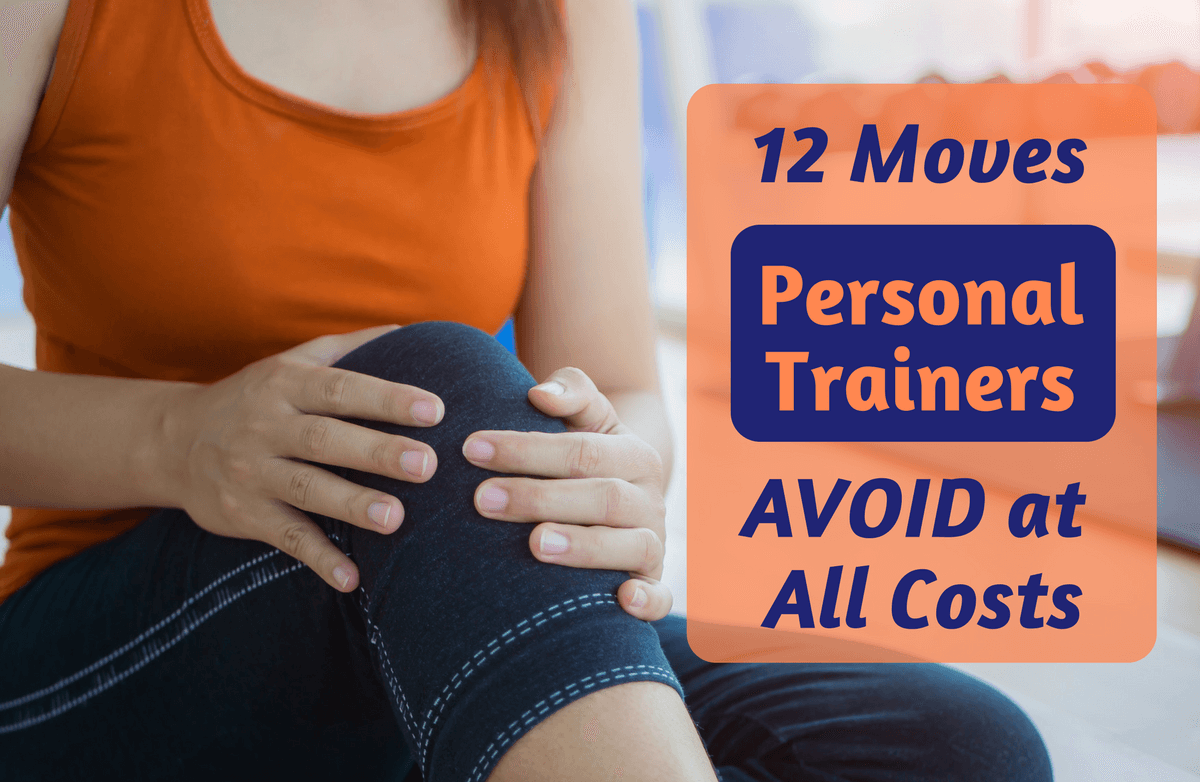 12 Exercises Trainers Don't Want You To Do
12 Exercises Trainers Don't Want You To Do


